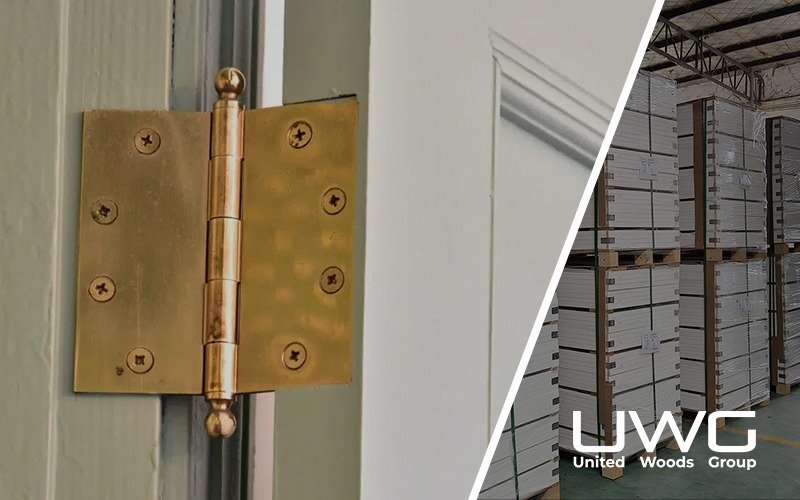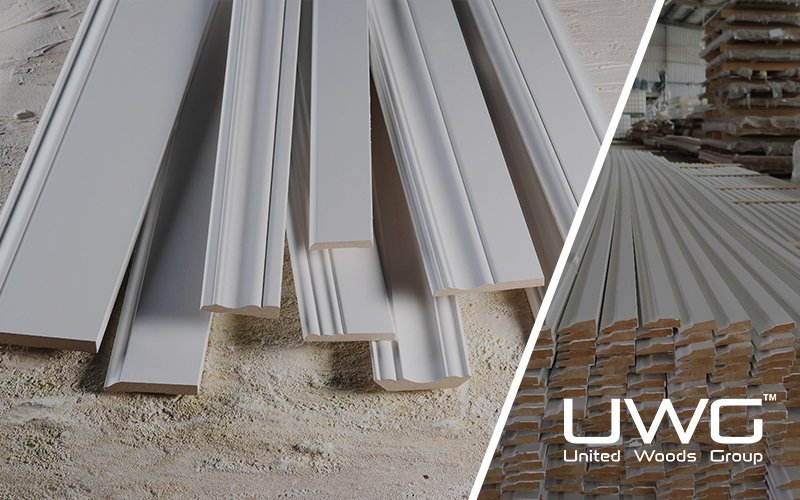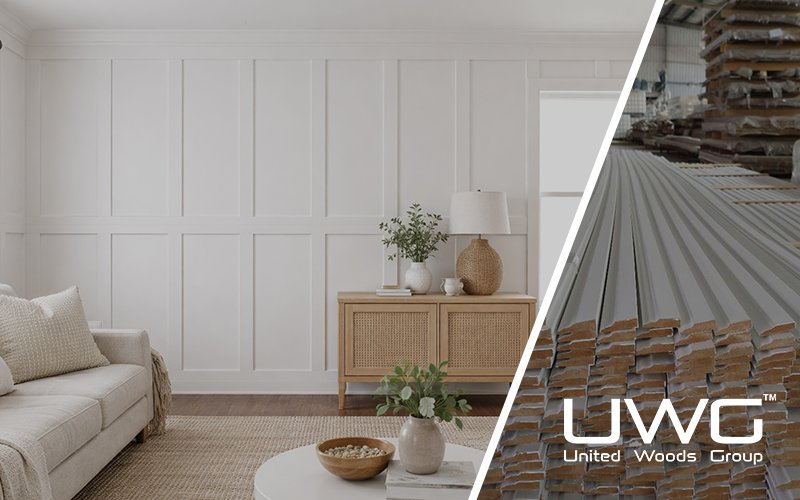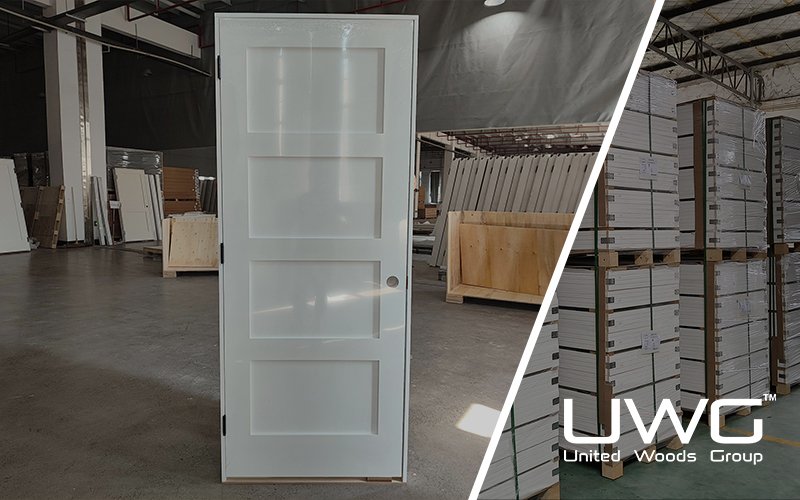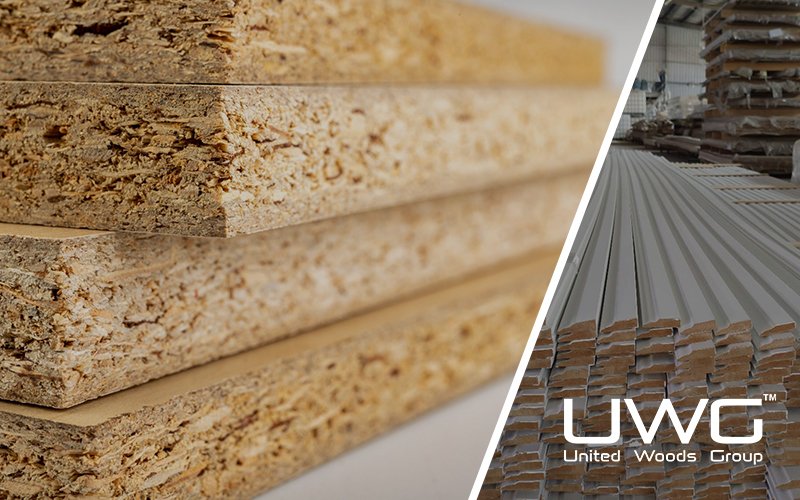When selecting the right door hinge size and number, understanding the relationship between door height, thickness, and weight is crucial for ensuring proper door functionality and longevity. For wholesalers and builders, the right choice of hinge guarantees smooth operation, enhances security, and prevents unnecessary wear or malfunctions. But how do you determine the ideal hinge size and the correct number of hinges based on these factors?
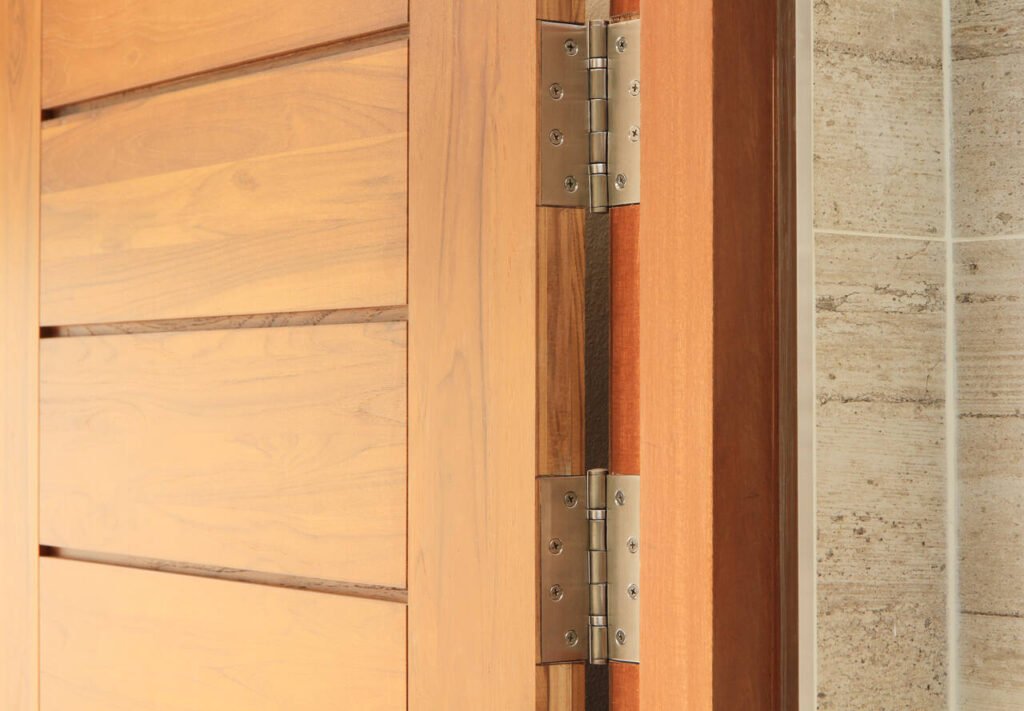
Understanding the Key Factors Affecting Hinge Selection
The correct door hinge size and number are not one-size-fits-all; they depend on multiple factors related to the door itself. These include:
- Door Height and Thickness: The larger and heavier the door, the stronger and larger the hinge required.
- Door Material: Different materials, such as wood, metal, and glass, affect the hinge’s strength and size requirements.
- Door Usage: High-traffic or commercial doors will require sturdier hinges.
In the following sections, we will break down these factors and provide actionable recommendations.
Determining the Right Hinge Size
The first step in choosing the correct hinge is determining the appropriate size based on the door’s height and thickness. A hinge needs to be strong enough to support the door’s weight and allow smooth opening and closing.
1. Door Height and Thickness
The height and thickness of a door have a direct impact on hinge size. As a general rule, taller and thicker doors require larger hinges. Here are the typical recommendations:
- Standard Interior Doors (Height: 6’8″ / 203 cm, Thickness: 1 3/8 inches): For most interior doors, 3.5-inch hinges are sufficient.
- Exterior Doors (Height: 6’8″ / 203 cm, Thickness: 1 3/4 inches): 4-inch hinges are recommended to support the added weight and environmental exposure.
- Heavy-duty or Fire-rated Doors (Height: 7′ and above, Thickness: 1 3/4 – 2 inches): These doors may require 4.5 to 5-inch hinges to ensure stability and durability.
| Door Type | Height (ft/in) | Thickness (in) | Recommended Hinge Size |
|---|---|---|---|
| Standard Interior Doors | 6’8″ / 203 cm | 1 3/8″ | 3.5-inch hinges |
| Exterior Doors | 6’8″ / 203 cm | 1 3/4″ | 4-inch hinges |
| Heavy-duty or Fire-rated Doors | 7′ and above | 1 3/4 – 2″ | 4.5-5 inch hinges |
| Oversized or Heavy Doors | Varies | Varies | 6-inch or continuous hinges |
For oversized or heavy doors, you may need to increase the hinge size or add extra hinges. In cases where the door is exceptionally heavy or tall, you may consider 6-inch hinges or even continuous hinges (piano hinges) for maximum support.
2. Material of the Door
The material of the door also plays a significant role in hinge selection. Here’s how it influences the hinge decision:
- Wooden Doors: Generally lighter than metal doors, requiring standard-sized hinges such as 3.5 inches.
- Metal Doors: These doors are heavier and require stronger, larger hinges to bear the load. Typically, 4 to 5-inch hinges are used for metal doors.
- Glass Doors: Glass doors require hinges designed for lightness and support, often with specialized materials like stainless steel.
Determining the Number of Hinges Needed
Once you’ve selected the appropriate hinge size, you must determine how many hinges are necessary for optimal performance. The rule of thumb is that the number of hinges is based on the door height, weight, and usage.
1. Basic Guidelines for Number of Hinges
- Doors up to 5″: Typically require 2 hinges.
- Doors over 6’8″ and up to 7′: Usually require 3 hinges.
- Doors over 8′ tall: These doors may need 3 or 4 hinges to ensure proper weight distribution and functionality.
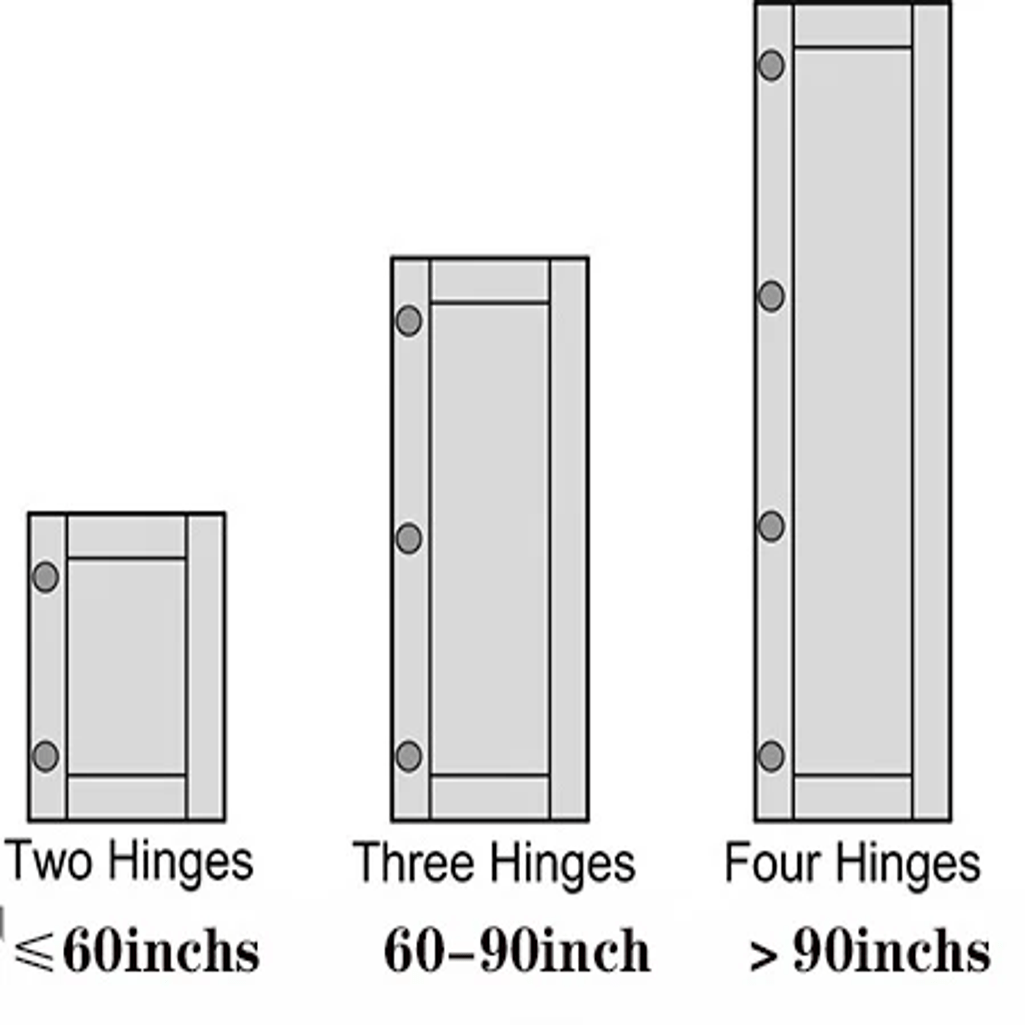
Larger, heavier doors (over 100 pounds) will almost always require 3 or more hinges. If the door is subject to high-traffic use (e.g., commercial applications), adding a fourth hinge ensures the door stays aligned and functions smoothly over time.
2. The Influence of Door Weight
Door weight is another crucial factor in determining hinge quantity. For heavy doors, each hinge must bear a proportionate amount of weight. Generally, you should install one hinge for every 30 inches of door height. This ensures that the door remains stable and does not sag or misalign.
Correct Placement of Hinges
Proper hinge placement is essential to avoid operational issues. Misaligned hinges can lead to sagging and door failure. Here’s how to properly position hinges on a door:
- Top Hinge: Place it approximately 7 inches from the top of the door.
- Bottom Hinge: Position it about 9 inches from the bottom.
- Middle Hinge: For doors taller than 7 feet, place the middle hinge centered between the top and bottom hinges.

This standard placement ensures that the weight of the door is evenly distributed, reducing strain on individual hinges and preventing the door from sagging over time. For heavier doors, you may add an additional hinge near the center or near the bottom for extra support.
Choosing the Right Hinge Material
Hinge materials are essential for both performance and durability. The hinge material should match the door material and environmental conditions:
- Steel Hinges: Suitable for standard doors, they offer durability and strength.
- Stainless Steel Hinges: Ideal for exterior or high-moisture environments due to their corrosion resistance.
- Brass and Bronze Hinges: Often used for decorative purposes or high-end residential doors.
- Zinc-Plated Steel Hinges: Used in commercial applications for their rust-resistant properties.
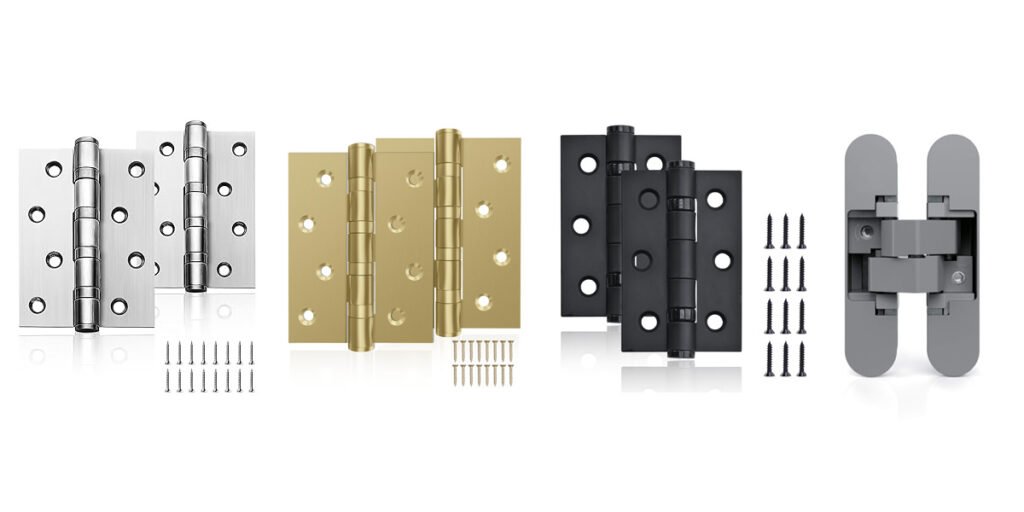
For doors exposed to moisture, humidity, or outdoor conditions, stainless steel or galvanized steel hinges are the best choice to prevent rust and deterioration.
Special Considerations for Fire-Rated and Security Doors
Some doors require additional features in their hinges for safety and compliance with regulations.
- Fire-rated Doors: These doors must meet fire safety standards and typically require continuous or heavy-duty hinges to withstand high temperatures and stress during a fire.
- Security Doors: For increased security, non-removable pin hinges are often used. These prevent the hinge pins from being tampered with, making the door harder to remove or break into.
These specialized doors require careful attention to hinge selection to ensure compliance with building codes and safety standards.
Conclusion
Selecting the right door hinge size and number is critical for ensuring the safety, security, and durability of any door. By carefully considering factors such as door height, thickness, material, and usage, wholesalers and builders can make informed decisions that guarantee smooth door operation and long-term performance. Proper hinge placement and material selection will further enhance the longevity of the door system. Whether dealing with standard residential doors, heavy-duty security doors, or fire-rated doors, choosing the appropriate hinges based on these considerations will prevent common issues like sagging, misalignment, and wear, ultimately saving time and money on repairs and replacements.

